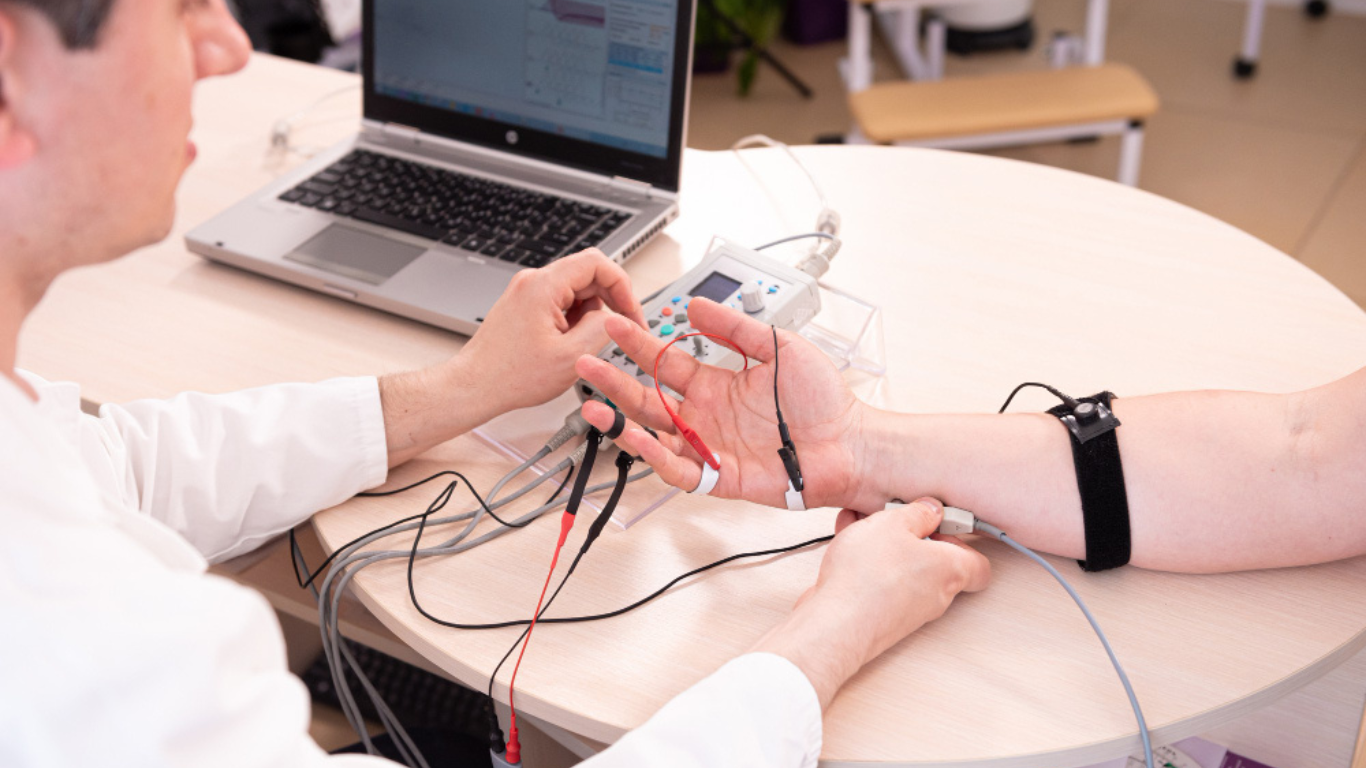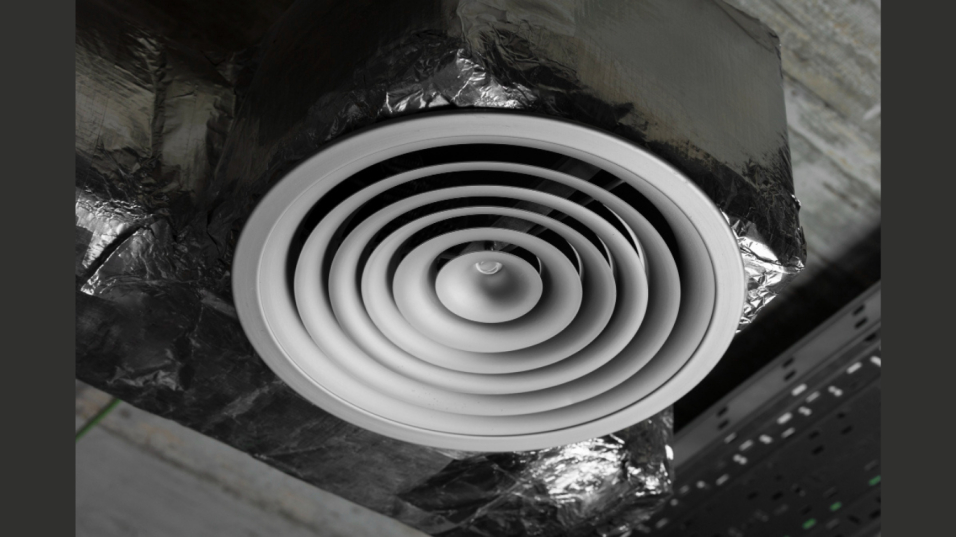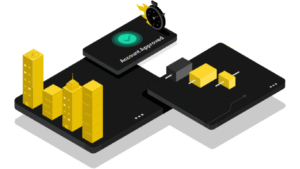Ambiguity in high-stakes situations, such as in legal disputes, clinical evaluations, or employment screening, can complicate decision-making and erode trust. The consequences of an incorrect judgment can be severe, affecting reputations, livelihoods, and legal outcomes.
Polygraph testing offers one of the most systematic means of evaluating truthfulness, but its accuracy depends on far more than simply asking the right questions. It is equally about how the data is collected, processed, and interpreted.
At the core of every polygraph test is a stream of complex physiological readings: respiratory patterns, electrodermal activity, and cardiovascular signals that reflect autonomic responses of the body to stress or lies. However, these signals are only as meaningful as the methods used to analyze them. Without proper processing, the charts can mislead even skilled examiners.
Even a well-administered test can yield misleading results unless paired with advanced signal processing. Turning raw biosignals into reliable indicators of truth or deception requires clean data, removal of noise, and discarding of artefacts.
When the stakes are high, signal processing becomes the central element of precision. A polygraph’s credibility often hinges on this stage. So how does it work?
Understanding the Physiology Behind the Polygraph
A polygraph test monitors involuntary bodily functions such as skin conductivity, respiration, heart activity, and blood pressure. These reactions are controlled by the autonomic nervous system and occur automatically in response to psychological stress, such as fear or guilt.
Typically, a polygraph chart records three or more channels:
- Electrodermal Activity (EDA) – changes in sweat gland activity
- Cardiovascular Activity – often via a blood pressure cuff
- Respiration Patterns – tracked with thoracic and abdominal bands
Because these signals are highly individual and time-sensitive, raw data is prone to noise and error, making signal processing essential.

The Polygraph Signal Pipeline
Analog physiological signals are captured in real time and digitized through analog-to-digital conversion (ADC). Sampling rates must be high – generally above 100 Hz – to preserve important detail.
After digitization, the data undergoes several processing steps:
- Filtering – Removes unwanted interference:
- Low-pass filters remove high-frequency noise
- High-pass filters eliminate slow drift
- Notch filters block power line interference
- Low-pass filters remove high-frequency noise
- Baseline Correction – Establishes an individual’s stable physiological reference point, without which deviations cannot be measured accurately.
- Artifact Detection – Identifies disruptions from movement, coughing, or deliberate countermeasures. Algorithms flag sudden or irregular changes.
- Segmentation and Synchronization – Aligns physiological responses with the exact timing of each question. Sophisticated software timestamps both stimulus and response to ensure accuracy.
Feature Extraction: Making Signals Measurable
Once clean signals are obtained, key measurements are extracted:
- Peak amplitude – strength of the response
- Latency – time between question and response onset
- Duration – how long the change lasts
- Rate of change – how quickly it rises or falls
No single measure is conclusive. Instead, examiners look for patterns across multiple channels.
Why Signal Accuracy Matters Across Contexts
Polygraph testing is used beyond law enforcement:
- Therapy and Relationship Testing – where false positives can damage trust
- Criminal Defense – where admissibility depends on sound methodology
- Workplace Integrity Checks – vital in sensitive industries like finance or security
- Immigration and Family Law – where disputed claims may alter life decisions
In all cases, clean data underpins the validity of conclusions.
The Role of the Examiner in Managing Signal Quality
While technology handles much of the filtering and measurement, human oversight remains crucial. Examiners must:
- Ask unbiased, clearly structured questions
- Manage environmental and pre-test conditions
- Recognize physiological anomalies unrelated to deception
- Interpret borderline or ambiguous readings
Experienced examiners understand that processing supports—but does not replace—the judgment needed to interpret results in context.
Closing Thoughts
The accuracy of polygraphs does not start with the questions. It begins with the way the signals are handled from the moment they are recorded. Signal processing turns messy, noisy, biological data into something structured, measurable, and trustworthy.
Without proper filtering, calibration, and feature extraction, even the best intentions can lead to misinterpretation. But when advanced techniques are combined with experienced examiners and standardized protocols, the polygraph becomes a credible tool for truth verification.
What this actually means is: when signal processing is taken seriously, the test results can be too.
Article received via mail































